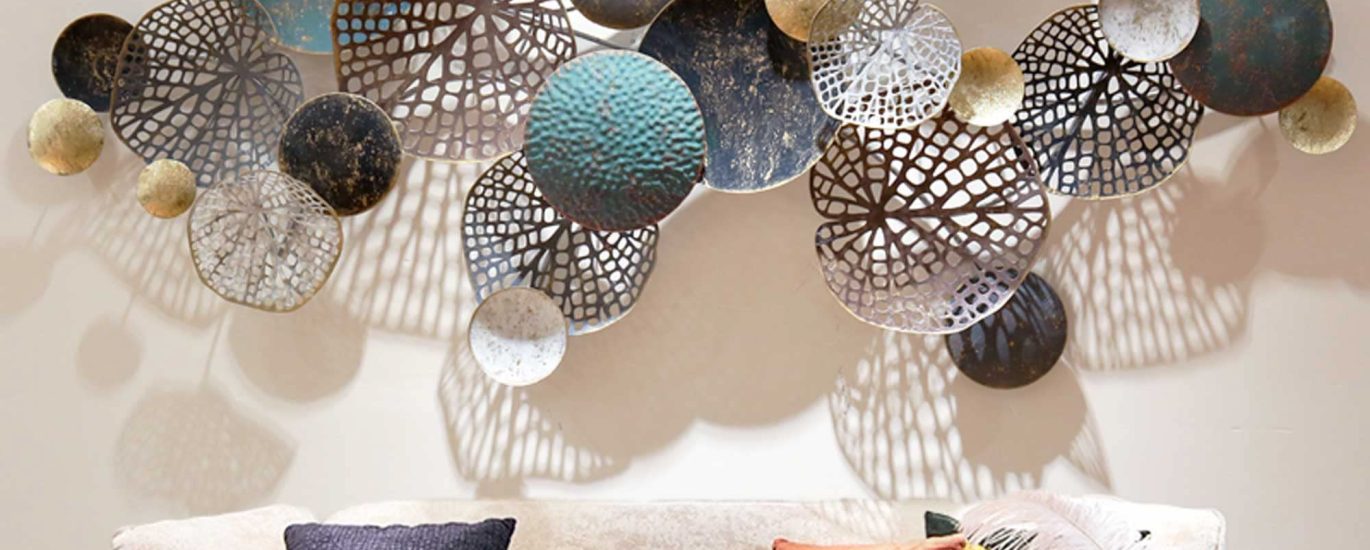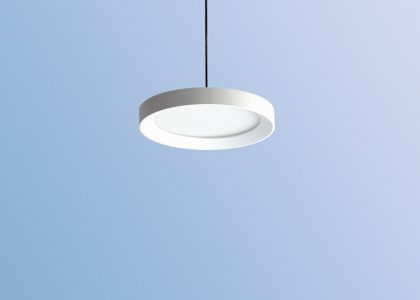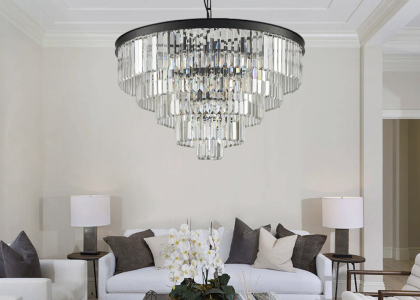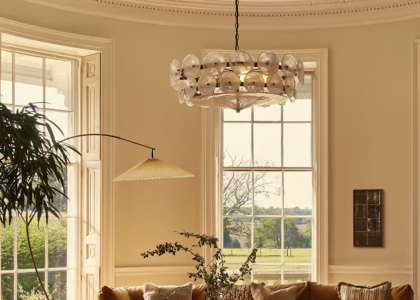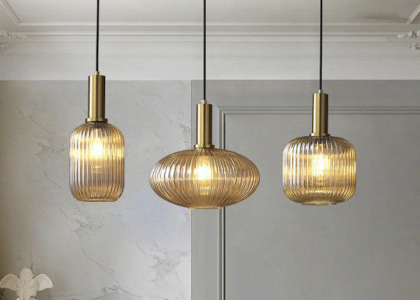Introduction
Adding a touch of wood to your interior decor will instantly transform any space. Wooden lampshade ceilings are a great way to embrace the warmth, texture, and earthiness wood brings. Wooden ceilings have been used in architecture for centuries due to their aesthetic appeal and durability. In this article, we’ll explore the advantages of wooden lampshade ceilings, different types of wood and styles, and how to install and maintain them.
Advantages of Wooden Lampshade Ceilings
- Texture: Wooden lampshade ceilings add texture and depth to your space. They create a natural and warm atmosphere and can make a room feel cozier, especially during the winter months.
- Durability: Wooden lampshade ceilings are incredibly durable and can last many years. Properly installed and maintained, they will withstand wear and tear, moisture and pests. Unlike plaster, wood won’t crack or peel over time.
- Acoustic properties: Wooden lampshade ceilings can improve acoustics by reducing sound reflection and echo in a room. The natural resonance of wood can absorb and diffuse soundwaves, making your space more comfortable and less noisy.
- Aesthetic appeal: Wood is timeless and never goes out of style. Wooden lampshade ceilings can complement a variety of interior styles, from rustic to modern, and add a touch of elegance and sophistication.
- Sustainability: Using wood in your interior decor can be a sustainable choice if it’s sourced from responsibly managed forests. Make sure to choose wood that’s certified by the Forest Stewardship Council (FSC) or other similar organizations.
Types of Wood and Styles
There are many types of wood that can be used for lampshade ceilings, each with their own unique characteristics, grain patterns, and colors. The most common types of wood used for lampshade ceilings are:
- Cedar: Cedar wood is known for its natural resistance to decay, insects, and moisture. It has a reddish-brown color and a distinct fragrance. Cedar wood is a popular choice for outdoor ceilings due to its strength and durability.
- Pine: Pine wood has a light color and soft texture. It’s easy to work with and can be stained or painted to match any decor style. Pine wood is affordable and abundant, making it a popular choice for lampshade ceilings.
- Oak: Oak wood is strong, hard, and durable. It has a distinctive grain pattern and a rich color that ranges from light brown to dark red. Oak wood is often used for traditional and formal interiors.
- Maple: Maple wood is hard and dense, making it suitable for high-traffic areas. It has a light color and a subtle grain pattern. Maple wood is commonly used for modern and minimalist interiors.
When it comes to styles, there are several options to choose from, including:
- Exposed beam ceilings: These are ceilings where the wooden beams are visible, adding a rustic or industrial look to your space.
- Tongue-and-groove ceilings: These are ceilings where the wooden planks are joined together with a tongue-and-groove system, creating a seamless and polished look.
- Panel ceilings: These are ceilings where the wooden planks are laid in a grid pattern, creating a formal and elegant look.
- Suspended ceilings: These are ceilings where the wooden planks are suspended from a metal grid system, adding depth and dimension to your space.
Installation
Installing a wooden lampshade ceiling can be a DIY project if you have some handy skills and tools. Here’s a step-by-step guide:
- Measure your ceiling to determine the amount of wood and hardware you’ll need.
- Choose the type of wood and the style of the ceiling you want. You can buy pre-finished wood or unfinished wood that you can stain or paint yourself.
- Prepare your tools, including a ladder, saw, drill, nails or screws, and a level.
- Start by installing the furring strips on your ceiling. These are narrow wooden strips that create a gap between the ceiling and the wood planks. They are essential for ventilation and preventing moisture buildup.
- Next, lay the wooden planks on the furring strips, starting from one end of the room to the other. Use the saw to cut the planks to fit the dimensions of your room. Make sure the planks are level and straight as you go along.
- Attach the planks to the furring strips using nails or screws. Make sure the nails or screws are flush with the wood surface and not protruding.
- Finish the ceiling by adding trim pieces around the edges to cover any gaps and create a polished look.
Maintenance
Maintaining a wooden lampshade ceiling is easy if you follow some basic guidelines:
- Clean the ceiling regularly with a soft cloth or a vacuum cleaner to remove dust and debris. Avoid using harsh chemicals or abrasive cleaners that can damage the wood.
- Inspect the ceiling periodically for cracks, gaps, or signs of water damage. Repair any issues promptly to prevent further damage.
- Protect your ceiling from moisture and humidity by maintaining proper ventilation and using dehumidifiers if needed.
- Refinish the ceiling every few years to keep it looking fresh and vibrant. You can sand the surface and apply a coat of stain or paint to refresh the color and protect the wood.

